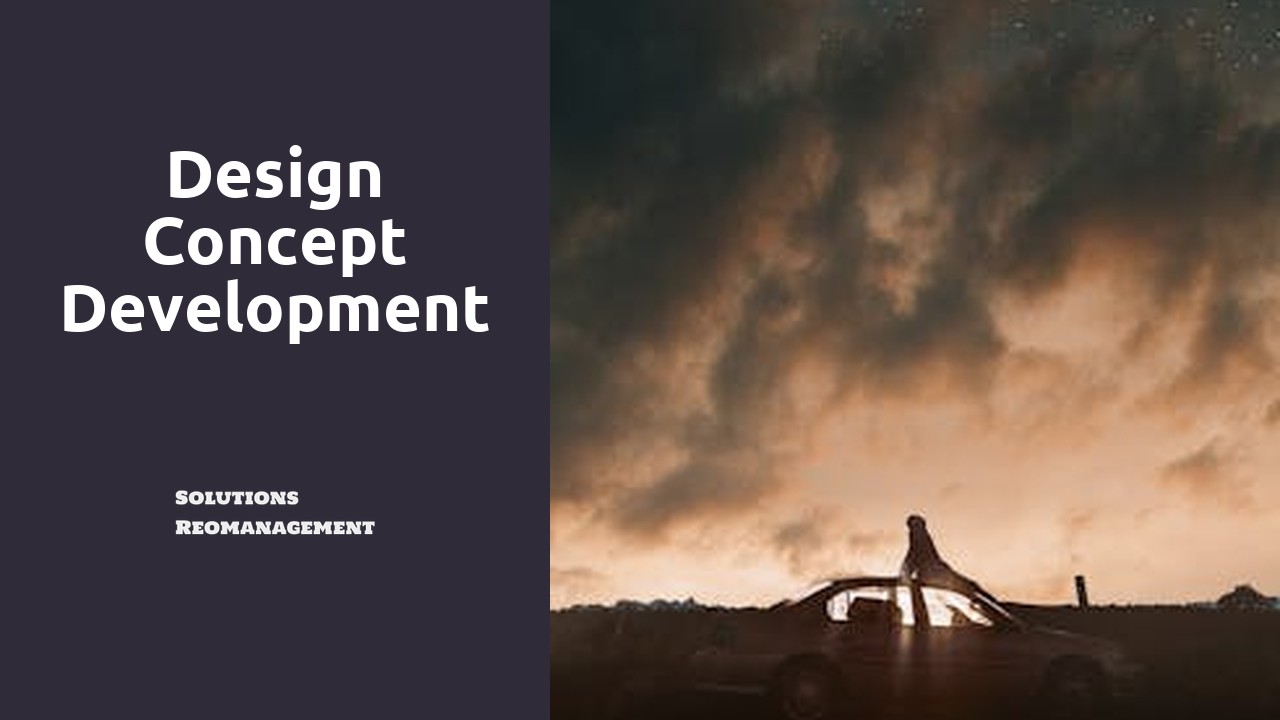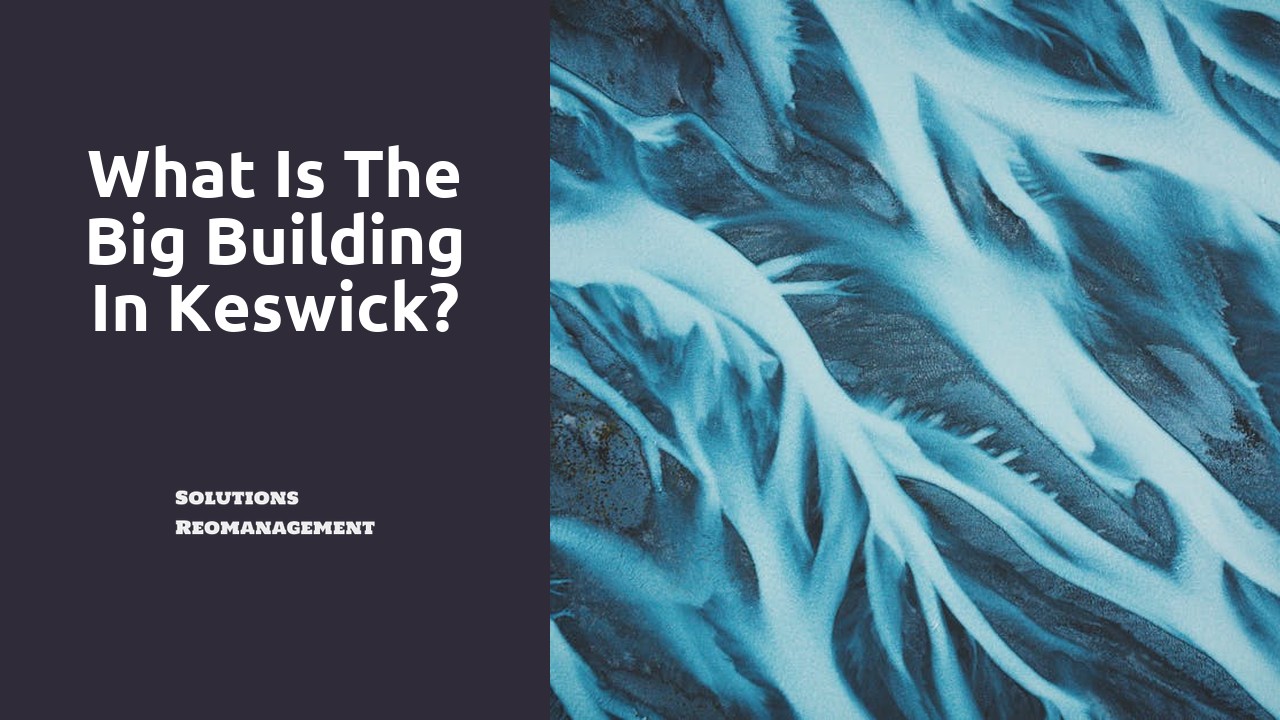
Table Of Contents
Developing Detailed Construction Drawings
Developing detailed construction drawings is a crucial stage in the construction process, where the initial design concept is transformed into practical blueprints that guide the actual building process. In Peterborough, this phase involves collaborating closely with architects, engineers, and other professionals to ensure that the design concept development aligns with the project's goals and requirements. The drawings produced during this stage serve as a roadmap for the construction team, detailing the precise dimensions, materials, and specifications needed to bring the project to life effectively.
During the development of detailed construction drawings in Peterborough, architects and designers focus on creating accurate representations of the proposed structure, incorporating all necessary modifications and adjustments to ensure compliance with building codes and regulations. This meticulous approach helps to address any potential challenges or discrepancies early on in the process, minimizing costly delays or revisions during the construction phase. By integrating the expertise of various stakeholders and utilizing advanced technologies, such as Building Information Modelling (BIM), the detailed construction drawings play a significant role in translating the design vision into a tangible and functional reality.
Ensuring Structural Integrity and Feasibility
The stage of ensuring structural integrity and feasibility is a critical aspect of the design development process in construction. This phase involves thoroughly evaluating the design concept development in Peterborough to confirm that it aligns with structural requirements and is feasible within the given parameters. It is essential to engage structural engineers and other relevant professionals to assess the proposed design and identify potential structural challenges early on. By conducting a detailed analysis at this stage, any necessary adjustments can be made to enhance the structural integrity of the project.
In addition to ensuring structural stability, feasibility considerations play a crucial role in determining the viability of the design concept development in Peterborough. Factors such as budget constraints, site conditions, and regulatory requirements must be carefully evaluated to confirm that the proposed design can be realistically executed. Addressing these aspects early in the design development stage facilitates better decision-making and helps prevent costly errors or delays during construction. Collaboration between the design team, consultants, and stakeholders is key to ensuring that structural integrity and feasibility are effectively addressed, paving the way for a successful construction project.
Selecting Materials and Finishes
Deciding on materials and finishes plays a crucial role in the success of a construction project. Design Concept Development in Woodstock involves thorough consideration of various factors such as durability, functionality, aesthetic appeal, and cost-efficiency when selecting materials. Each element chosen must not only align with the overall design vision but also meet practical requirements to ensure the longevity and performance of the structure.
In addition to aesthetics, the selection of materials and finishes during the design development stage significantly impacts the project's environmental sustainability and maintenance needs. Sustainable and eco-friendly options are increasingly becoming a priority in construction projects to reduce the overall environmental impact and promote a healthier living environment. It is vital for designers and architects to carefully evaluate the lifecycle of each material, considering factors like production methods, transportation emissions, and recyclability to make informed decisions that contribute to a more sustainable future.
Balancing Aesthetics and Functionality
When it comes to the design development stage of construction, balancing aesthetics and functionality is a critical aspect. In Woodstock, attention to detail is key as designers strive to create spaces that not only look visually appealing but also serve their intended purpose effectively. From selecting the right materials to choosing finishes that enhance both the aesthetic and functional aspects of a project, every decision plays a crucial role in achieving this balance.
Design Concept Development in Woodstock involves a nuanced approach that takes into account the needs and preferences of the end users while also adhering to the practical requirements of the space. By considering factors such as traffic flow, lighting, acoustics, and ergonomics, designers can create spaces that are not only pleasing to the eye but also comfortable and efficient to use. This emphasis on balancing aesthetics with functionality results in spaces that not only look great but also enhance the overall user experience.
Preparing Project Schedule
Preparing the project schedule is a crucial aspect of the design development stage in construction. It involves setting a timeline that outlines the sequence of activities that need to be completed to bring the project from the design concept phase to the final construction phase. In the case of Design Concept Development in Whitchurch-Stouffville, creating a well-thought-out project schedule ensures that each step in the construction process is completed efficiently and in a timely manner.
The project schedule not only helps in managing time but also assists in coordinating various tasks, resources, and stakeholders involved in the construction project. With a clearly defined schedule, project managers can allocate resources effectively, track progress, and identify potential bottlenecks early on. In the context of the design development stage, a well-prepared project schedule for the Design Concept Development in Whitchurch-Stouffville sets the foundation for a successful construction project that meets both the aesthetic and functional requirements of the design.
Sequencing Construction Activities
Sequencing construction activities is a critical step in the project management process to ensure the efficient and effective completion of a construction project. By defining the order in which tasks will be carried out, construction teams can streamline operations, prevent delays, and optimize resources. This phase involves breaking down the project into smaller, manageable tasks and establishing a logical sequence to guide the construction process smoothly from start to finish. In the context of Design Concept Development in Peterborough, sequencing construction activities is essential to translate the design concepts into physical structures while adhering to the envisioned timeline and budget constraints.
Moreover, sequencing construction activities involves coordinating various trades, suppliers, and subcontractors to execute tasks in a coordinated manner. This coordination is crucial for avoiding conflicts, minimizing downtime, and ensuring quality control throughout the construction process. By identifying dependencies between different activities and establishing a clear timeline, project managers can proactively address potential issues, adjust schedules as needed, and maintain progress according to the original project plan. In the context of Design Concept Development in Peterborough, effective sequencing of construction activities lays the foundation for a successful project implementation, enabling stakeholders to monitor progress, manage resources efficiently, and deliver a high-quality end product.
FAQS
What is the design development stage of construction?
The design development stage of construction is the phase where detailed construction drawings are developed, materials and finishes are selected, and the project schedule is prepared.
What is the purpose of developing detailed construction drawings during the design development stage?
Developing detailed construction drawings helps to translate the conceptual design into technical drawings that can be used for construction.
How is structural integrity and feasibility ensured during the design development stage?
Structural engineers work closely with architects to ensure that the design is structurally sound and feasible within the given constraints.
Why is it important to carefully select materials and finishes during the design development stage?
Selecting the right materials and finishes is crucial for achieving the desired aesthetic and functional outcomes of the project.
How are aesthetics and functionality balanced during the design development stage?
Designers and architects work together to strike a balance between aesthetics, such as visual appeal, and functionality, such as practicality and usability.






